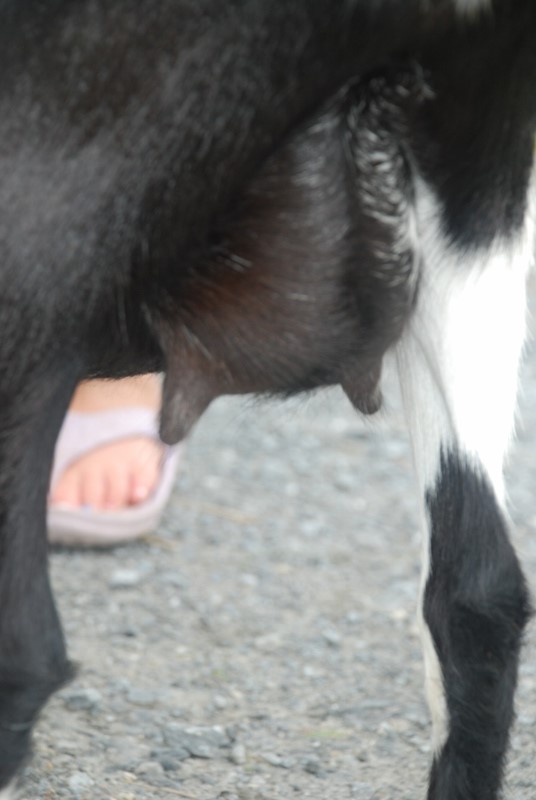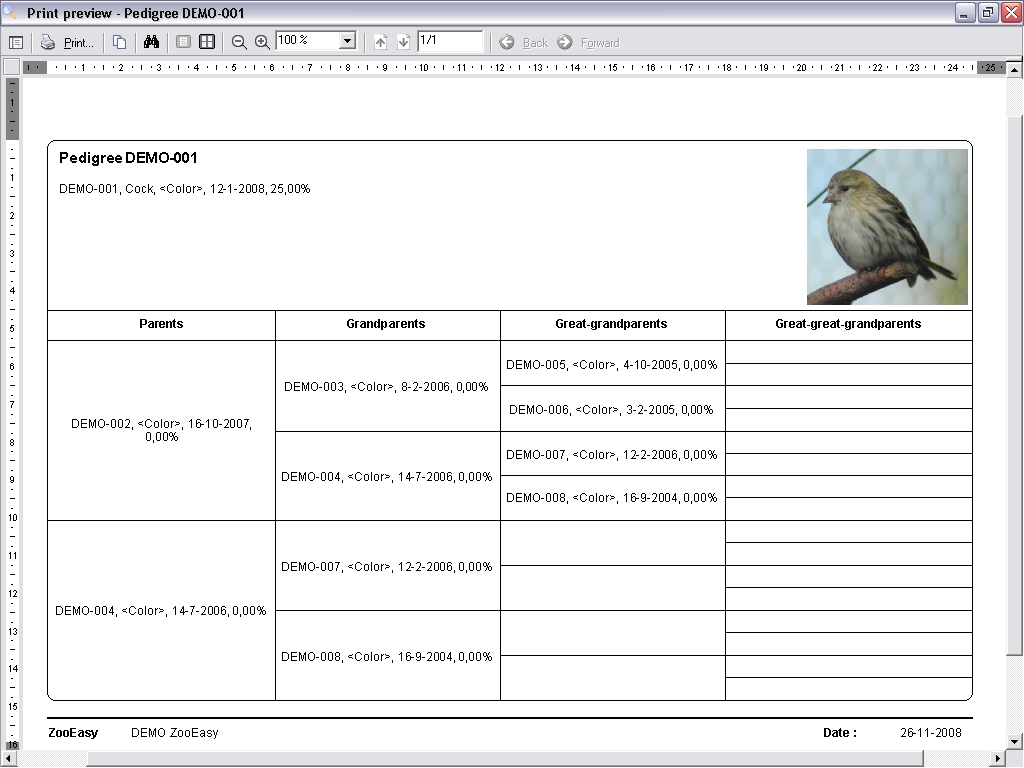

Jeff Churchill, David Buckner, Gregory D. Real- time estimation of helicopter rotor blade kinematics through measurement of rotation induced accelerationĪllred, C. Experimental results showed that an analysis of kinematic and pressure features during handwriting can help assess subtle characteristics of handwriting and discriminate between PD patients and healthy controls. When evaluated separately, pressure features proved to be relevant for PD diagnosis, yielding Pacc=82.5% compared to Pacc=75.4% using kinematic features. For predicting PD based on kinematic and pressure features of handwriting, the best performing model was SVM with classification accuracy of Pacc=81.3% (sensitivity Psen=87.4% and specificity of Pspe=80.9%). To discriminate between PD patients and healthy subjects, three different classifiers were compared: K-nearest neighbors (K-NN), ensemble AdaBoost classifier, and support vector machines (SVM). In addition to the conventional kinematic features related to the dynamics of handwriting, we investigated new pressure features based on the pressure exerted on the writing surface. The tasks include drawing an Archimedean spiral, repetitively writing orthographically simple syllables and words, and writing of a sentence.


The database contains records from 37 PD patients and 38 healthy controls performing eight different handwriting tasks. Our goal is to show that kinematic features and pressure features in handwriting can be used for the differential diagnosis of PD. We present the PaHaW Parkinson's disease handwriting database, consisting of handwriting samples from Parkinson's disease (PD) patients and healthy controls. Our analysis emphasizes that integration of different data, within inverse numerical models, allows deep investigation of the kinematical behaviour of slow active landslides and discrimination of the driving forces that govern their deformation processes.Įvaluation of handwriting kinematics and pressure for differential diagnosis of Parkinson's disease.ĭrotár, Peter Mekyska, Jiřà Rektorová, Irena Masarová, Lucia Smékal, ZdenÄ›k Faundez-Zanuy, Marcos This finding is also confirmed by comparing the model results with the available independent inclinometer measurements. Comparison between the model results and DInSAR measurements reveals that the deviatoric creep model is more suitable to describe the kinematical evolution of the landslide. Newtonian viscous flow and a deviatoric creep model. The landslide is driven by the presence of a shear band, whose behaviour is simulated through a two-dimensional time-dependent finite element model, in two different physical scenarios, i.e. The kinematical evolution of the unstable slope is investigated via long-term DInSAR analysis, by exploiting about 20 years of ERS-1/2 and ENVISAT satellite acquisitions. To validate the presented approach, we focus our analysis on the slow Ivancich landslide (Assisi, central Italy). The proposed methodology allows us to automatically search for the physical parameters that characterize the landslide behaviour. In particular, through an optimization procedure based on a genetic algorithm, we minimize, with respect to a proper penalty function, the difference between the modelled displacement field and differential synthetic aperture radar interferometry (DInSAR) deformation time series. The aim of this paper is to propose a methodology to perform inverse numerical modelling of slow landslides that combines the potentialities of both numerical approaches and well-known remote-sensing satellite techniques. Landslide Kinematical Analysis through Inverse Numerical Modelling and Differential SAR InterferometryĬastaldo, R. Computation time is thus significantly reduced. This implementation requires 27 processing cells and 25 time units. The proposed pipeline/parallel algorithm can be inplemented on an IC chip using systolic linear arrays. A parallel processing architecture is developed for the inverse Jacobian (inverse differential kinematic equation) of the PUMA arm. Parallel processing architecture is an effective way to reduce computation time. In advanced robot control problems, on-line computation of inverse Jacobian solution is frequently required. Parallel processing architecture for computing inverse differential kinematic equations of the PUMA arm


 0 kommentar(er)
0 kommentar(er)
